Winged spindle tree: description and varieties, planting and care

Winged euonymus is a real decoration for domestic gardens and parks, its decorative appearance can make any person fall in love with autumn. At the same time, like any other plant, it looks as attractive as possible only if it is properly looked after.

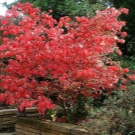
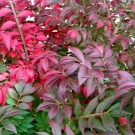
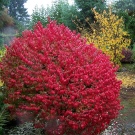
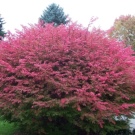
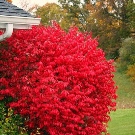
Peculiarities
The description of the plant, officially called Euonymus alatus, should begin with the fact that it is an ornamental shrub no more than 1.8 meters high. In terms of species classification, it belongs to the genus Euonymus of the Bereskletovye family. Its narrow, elongated leaves (up to 7 cm in length and no more than 3 cm in width) acquire a characteristic red color in autumn, thanks to which they stand out favorably against the background of the rest of the garden vegetation. Even more decorative to the plant is given by fruits in the form of boxes - also bright and red, which are characterized by increased winter hardiness.
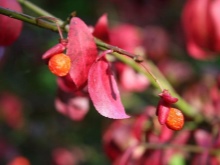
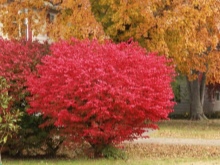

Winged spindle tree in nature is found mainly in East Asia. - it was first described as a plant native to Japan. Today, its distribution area is much wider, in the same Russia it is acclimatized in the Far East, and in a cultural form it is found in other regions. Typical habitat - in coniferous and deciduous forests, in bush thickets, in meadows and rock slopes. As a rule, winged euonymus keeps relatively close to water bodies, be it a fresh river or a salty sea.
This species does not grow above a thousand meters above sea level, in addition, it often does not rise even above 700 meters.
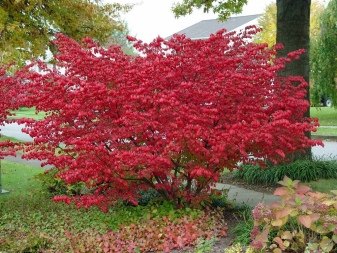

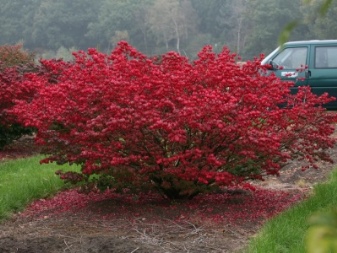

Popular varieties
Since the plant is intensively cultivated by humans, it should not be surprising that breeders have developed various varieties of this species. Let's consider the most famous ones.
- "Compactus" no wonder it got its name - it is relatively small, up to one and a half meters in height with a dense two-meter crown. In autumn, the leaves of "Compact" acquire a color with a shade of purple, and the orange-red fruits of the Compactus variety look especially advantageous against such a background.
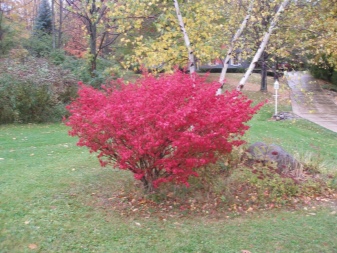
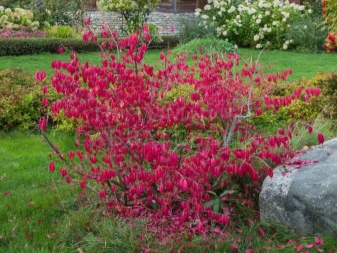
- Chicago Fire slightly less than the above-described variety - here both the growth is up to 1.2 meters, and the crown girth is only up to 1.5 meters. The dark green euonymus of this variety in summer turns crimson in the fall, the capsules against this background only slightly differ in the darker side.
This variety does not need the sun too much, and it is not particularly afraid of cold weather.

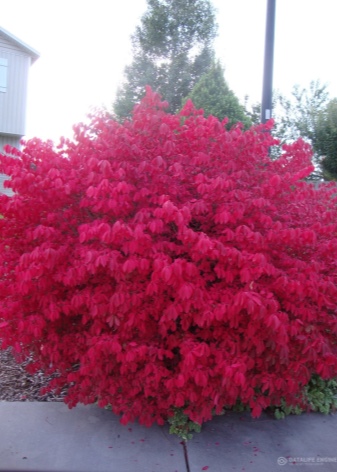
- "Fireball" has the correct rounded shape, one and a half meters for it is both height and width. In autumn, it is especially beautiful when orange-red bolls ripen against the background of purple-lilac leaves, for which it got its name: Fire Ball is translated from English as "fireball".
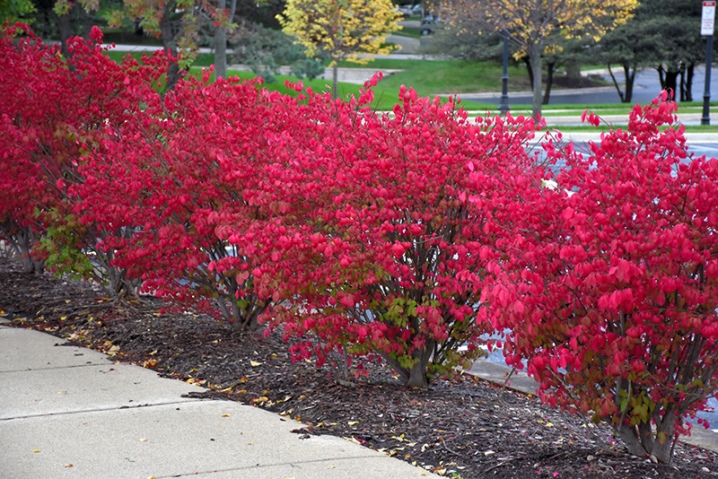
- Little moses very similar to the previous variety, but has slightly elongated leaves and an unusual carmine leaf color. Such a tree is grown on a trunk so that the shoots can reach the sun, which is vital for the brightness of the colors.
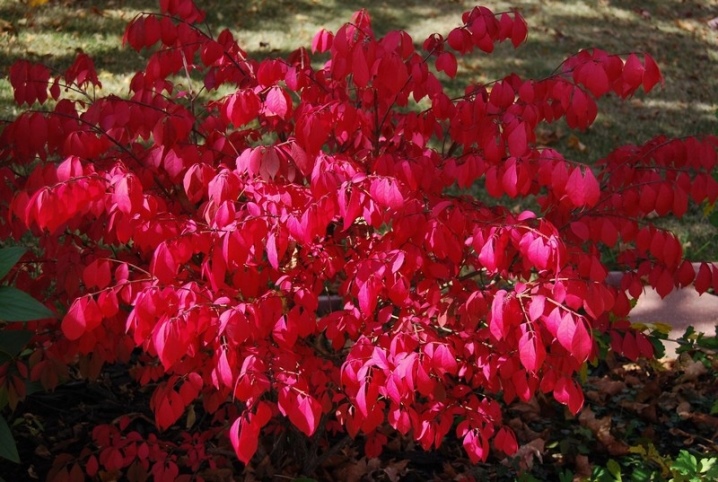
How to plant?
Correct planting is half the success in growing winged euonymus, so we will consider how to plant it correctly. Planting in open ground is carried out either in early spring or in late autumn, while you need to find in the garden such a site that does not lack natural lighting, or, in extreme cases, is a light partial shade. Only fertile and light soil is suitable, acidic soil will not work - it will have to be diluted with lime first. Since the euonymus tends to grow abundantly, it is not planted closer than 3 meters from other plants and buildings.
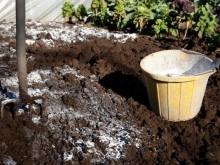
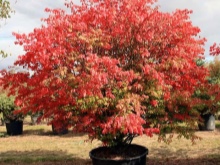

The correct size of the euonymus pit is 80 cm in diameter with a depth of 60 cm. At its bottom, drainage from expanded clay or broken brick is necessarily laid out. After that, the pit is completely covered with compost-chernozem mass and left in this form for three weeks so that the soil subsides. Only then the seedling is placed in the hole so that the root collar is flush with the soil surface. After planting, the soil in the near-trunk circle is compacted and abundantly spilled with water.
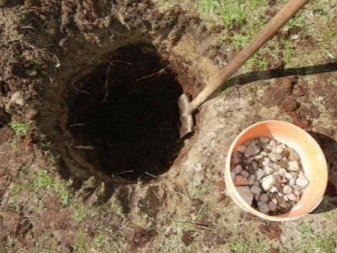
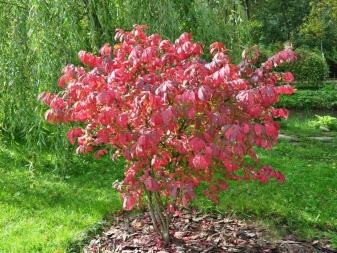
How to take care of it properly?
The plant needs care mainly in the summer, and in the wild it does without human participation at all. But if you want to get the most attractive result from an aesthetic point of view, it is worth organizing the correct agrotechnology for the euonymus.
Watering
Timely watering is the basis for caring for winged euonymus. This species belongs to the number of plants that equally do not accept both inappropriate waterlogging and drying out of the soil, so the gardener will have to constantly monitor the degree of moisture in the trunk circle. The euonymus is watered not so often, but always abundantly - moisture in a significant amount should reach the root system, which is located at a depth of a good half a meter.
To reduce the frequency of watering, experienced gardeners resort to mulch - a layer of peat or humus inhibits the evaporation of moisture from the soil surface. They also have another beneficial effect, interfering with the normal germination of weeds. The root system of the winged spindle tree needs not only moisture, but also a sufficient amount of air, but abundant watering greatly contributes to the subsidence and compaction of the soil.
To avoid this, after watering or heavy rain, it is advisable to loosen the ground, providing air flow to the roots.
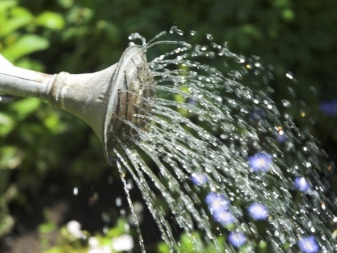
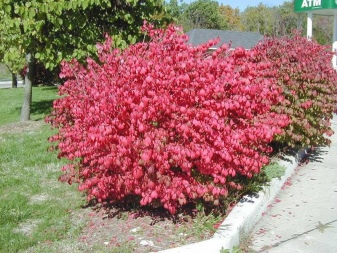
Top dressing
For greater aesthetic appeal, it is necessary to feed the winged euonymus bush throughout the season. The official feeding season starts in early spring, when nitrogenous organic matter is introduced into the soil - most often it is a mullein or an infusion of bird droppings. Thanks to this fertilization, intensive growth of the shrub begins, and in fact the leaves, turning purple with the onset of autumn, provide a decoration for the garden.
In the summer, it is much more important to provide the plant with a full range of minerals - euonymus needs nitrogen, potassium, and phosphorus. A mineral complex with all these components can be purchased in the store, they are created specifically for ornamental shrubs. At the end of autumn, 400 grams of potassium sulfate and 500 grams of superphosphate must be added to 1 square meter of soil - they are dug into the ground to a depth of about 10 cm.Wood ash and compost can also be used at this stage - now they are replacing mineral fertilizers.


Pruning
Since winged euonymus is an ornamental crop, many gardeners try to give it a beautiful shape so that the bush decorates the garden not only with the color of leaves and fruits. When choosing the future shape of the crown, they most often give preference to either an ellipse or a cone. Pruning is carried out in March, when active sap flow inside the stems has not yet begun, or already in the fall, when the leaves have fallen - then it is possible to form the crown more correctly, taking into account the fact that the fruits are still hanging on the branches.
In addition to shaping, experienced gardeners also do sanitary pruning, which has a positive effect on the appearance of the plant. Dry, broken and frozen branches must be removed - even if they no longer seem alive, the bush still spends strength and nutrients on them. The procedure, usually carried out in early spring, can reduce unnecessary waste of valuable substances, instead redirecting them to new shoots.
A timely cut shrub is distinguished by more efficient growth and increased decorative effect.
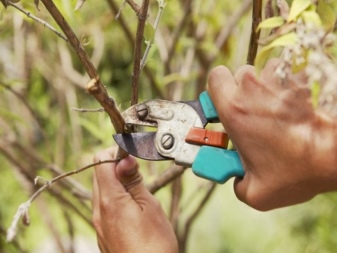
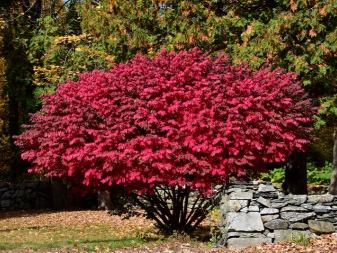
Preparing for winter
In the wild, euonymus lives quite far in the north, therefore, in general, it is considered a winter-hardy crop, but this does not mean that your particular planting should not be additionally protected. Stability depends on the characteristics of each specific specimen and the conditions in which it grows, and you are unlikely to want to face the fact that the ornamental shrub is frozen out due to thoughtlessness or irresponsibility.
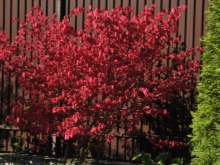
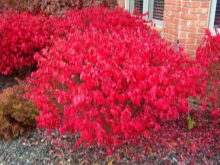
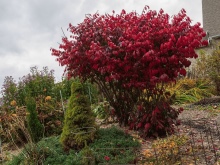
A precautionary measure for an adult bush is relatively simple, so it must be done. Before the onset of cold weather, the near-trunk circle is poured abundantly with water - the wet soil freezes significantly longer, and the ice in its pores does not allow the cold to pass into the depths. The near-trunk circle must also be reliably mulched with peat and humus. If all these measures are taken in a timely manner, your euonymus can be considered reliably protected.
However, this may not be enough for young animals, so additional measures are required. If you doubt the ability of a young bush to survive the coming winter, build a small engineering structure around it in the form of a frame made of strips or metal rods, on which you will stretch the covering material. Agrofibre and spunbond claim the role of the latter - it turns out a kind of greenhouse that allows air to pass through, but retains heat. Dismantling of the "greenhouse" is allowed after the air has warmed up a little and the snow has begun to melt.

Reproduction methods
Winged euonymus can be propagated in at least four different ways. Each of them in its own way deserves more detailed consideration. Moreover, two of them are extremely simple. So, if you want to propagate a bush by layering, choose a healthy shoot growing closer to the ground in early spring. It just needs to be bent to the ground so that the free end of the branch sticks into the ground, sprinkle this place with earth and fix the layering so that it does not break out. Further, the layering is looked after as if it were already a separate plant - watered, fed, and so on. You will have to wait a whole season, but on the way out you will get a root system at the opposite end of a living branch. In autumn, when the movement of juices has slowed down, the rooted shoot can be separated from the mother bush and planted - now it is an independent specimen of euonymus.

An even easier way is to divide the bush, which is especially appropriate.if you were going to transplant euonymus anyway. After digging up the plant, clean the root system of adhering dirt and use a shovel to divide it into parts so that each part has its own underground and aboveground parts. Burn the wounds with charcoal, then plant each piece of the mother shrub as a separate plant.
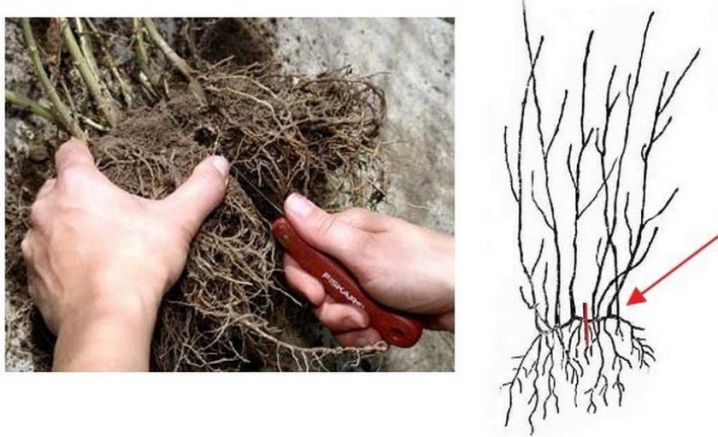
Two more methods are so common that they require separate consideration.
Cuttings
Cutting of healthy cuttings 10–12 cm long is carried out in early spring, before the active movement of juices begins. The collected seed is placed in a glass of water, where root formation stimulants are added to speed up the process. Through the transparent walls of the vessel, you can observe the gradual development of your own root system. When it reaches its normal size, you can transplant the cutting into the ground, but not yet open it.
Initially, young euonymus grows indoors in a pot or in a greenhouse - in such conditions, he must spend at least a few months to gain strength. In the fall, youngsters can be transplanted into open ground, taking the precautions we discussed in the section on preparing for winter.
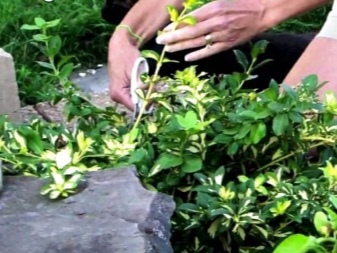
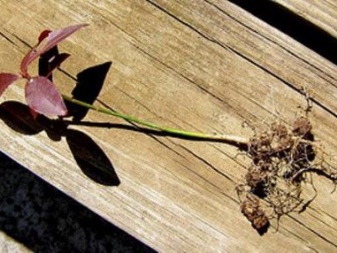
Seeds
Seed propagation is considered difficult and labor-intensive, in most cases it is used by breeders who are trying to breed new varieties of plants. But Difficulties can also be of interest to avid gardeners who have already succeeded in everything else. To begin with, the collected seeds should be subjected to a stratification procedure - for this, the seeds are kept at low temperatures throughout the cold half of the year, not exceeding +10 degrees, and closer to spring they are soaked in potassium permanganate.
Even such measures do not guarantee that the seed will sprout, but you should try to plant the material in pots, watering and caring for the seedlings. Young shoots will be ready for planting in open ground only in the third year.
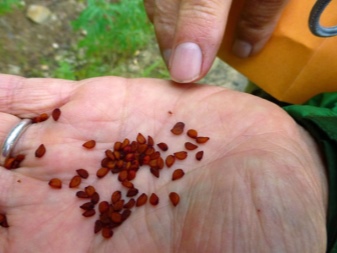
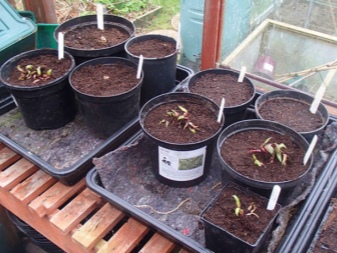
Diseases and pests
Winged euonymus is interesting to various pests and diseases, therefore a responsible gardener is simply obliged to take measures to protect his green ward from adversity. Most often the shrub is exposed to powdery mildew - a fungal disease, which is very easily recognized by the characteristic bloom on the leaves, similar to flour. The fight against this disease consists in spraying, Bordeaux liquid or copper oxychloride act as medicines.
It is necessary to choose the right weather for spraying - it is desirable that the day is cloudy, but dry. After spraying, the gardener monitors the results, if final success is not achieved within a week, the procedure will have to be repeated.
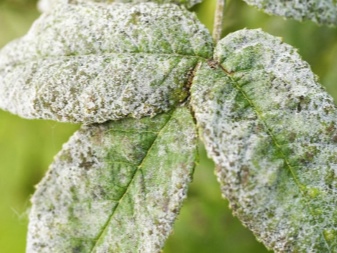
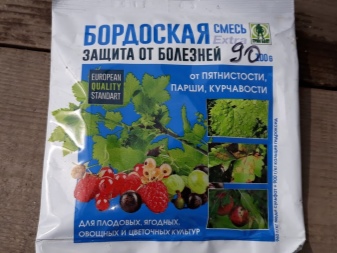
Among insects, the spindle tree has a lot of different enemies. - these include caterpillars, aphids, spider mites. All these uninvited guests either drink the juice of the plant, or do not disdain the pulp of its leaves, which disrupts the processes of photosynthesis, the foliage withers or dries, and the plant dies. Despite the fact that we are talking about different types of pests, the control measure is always about the same - it is necessary to spray with insecticides, such as "Confidor" and "Fitoverm".
Given the high mobility of insects, you should not rely on one episode of spraying - individual enemies, most likely, managed to hide and endure, so the procedure should be repeated on average every ten days until you are convinced of the final victory over the enemy.
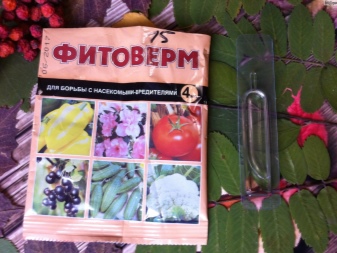
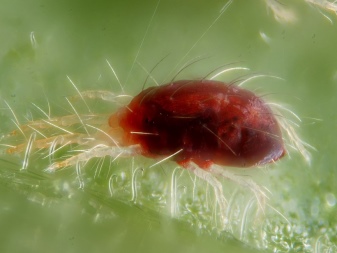
Please note that in many cases, prevention is much more effective, reliable and easier than cure. To protect against insects and fungi, the plant can be sprayed with insecticides and fungicides in the spring. In addition, you should not leave optimal conditions for reproduction and wintering in the form of fallen leaves for future generations of pests - they should be removed after the leaf fall is complete.
Digging the soil in autumn will also be useful. - if there are insect clutches or fungal spores on the surface, you will bury them, not allowing them to develop next year.
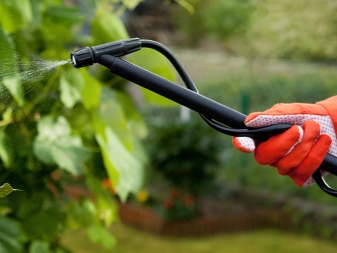
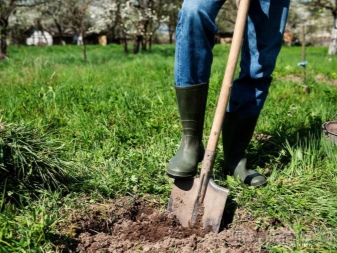
Use in landscape design
The bright appearance of the winged spindle tree allows it to be effectively used in the landscape design of gardens and parks, and the exact location depends only on the tastes of the gardener. For example, in regions with harsh winters, avid gardeners who want to grow a small euonymus and not prepare it for the winter, plant them in pots and put them along the alleys in vessels. Due to this, the bright shrub will definitely survive the most severe winter, being carried away into the house, and the potted decoration of the garden will create an atmosphere of special elitism.
Euonymus does not shed fruit for a long time, and its bright red tones are perfectly combined with accentuated greenery. In winter, a bush planted near a fir will look especially beautiful - evergreen and red plants will perfectly contrast with lively tones, making you completely forget that it is winter and bitter frosts outside.
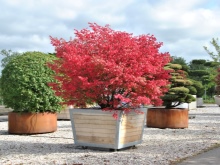
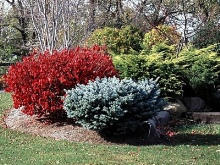
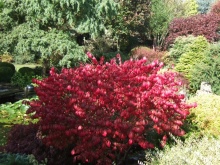
For more information about this euonymus, see the next video.



































































The comment was sent successfully.